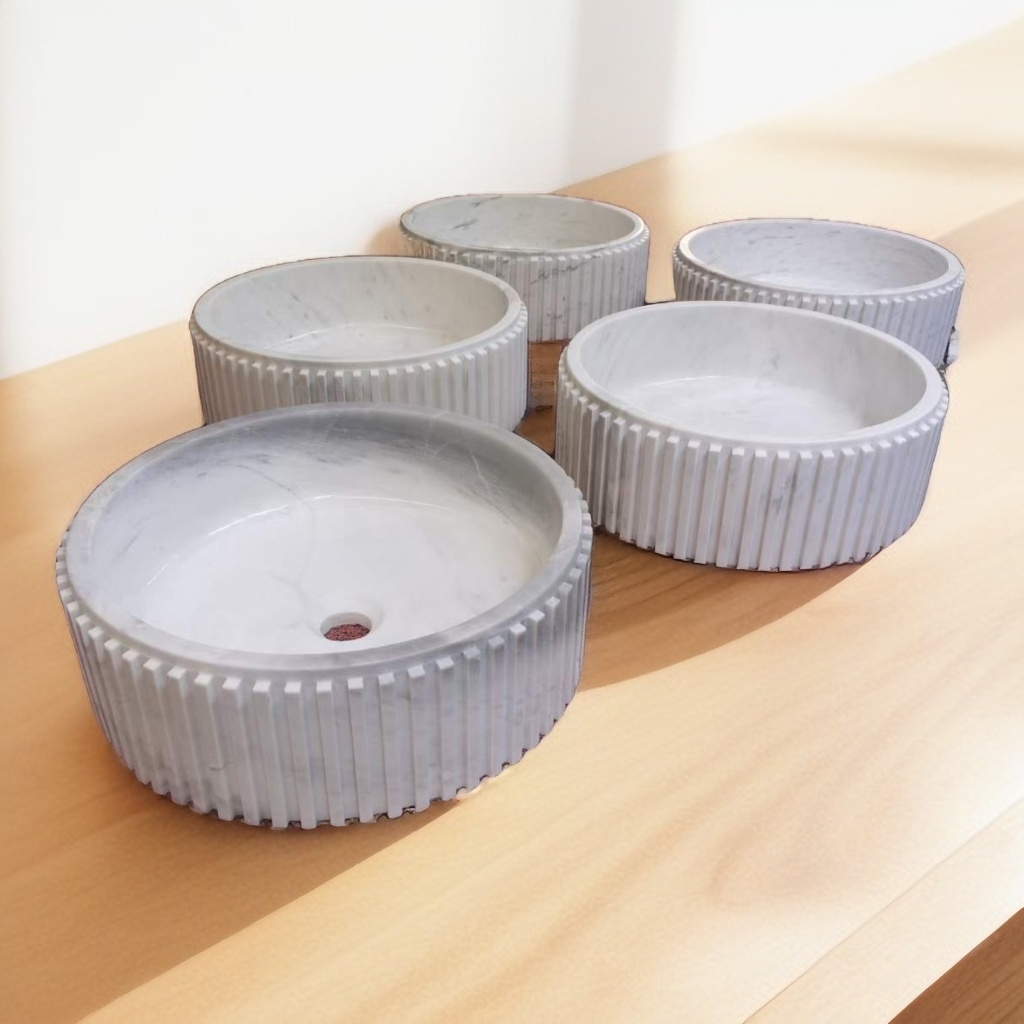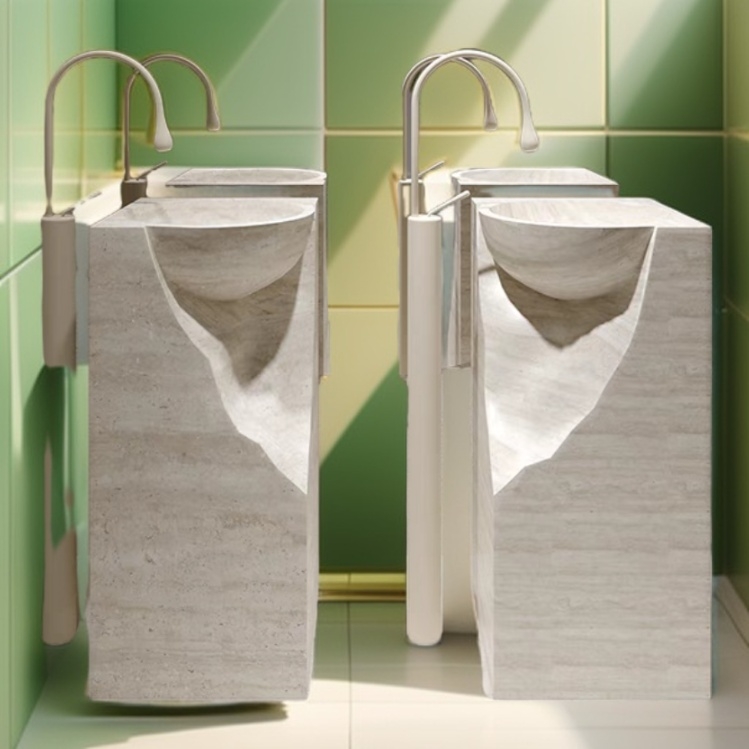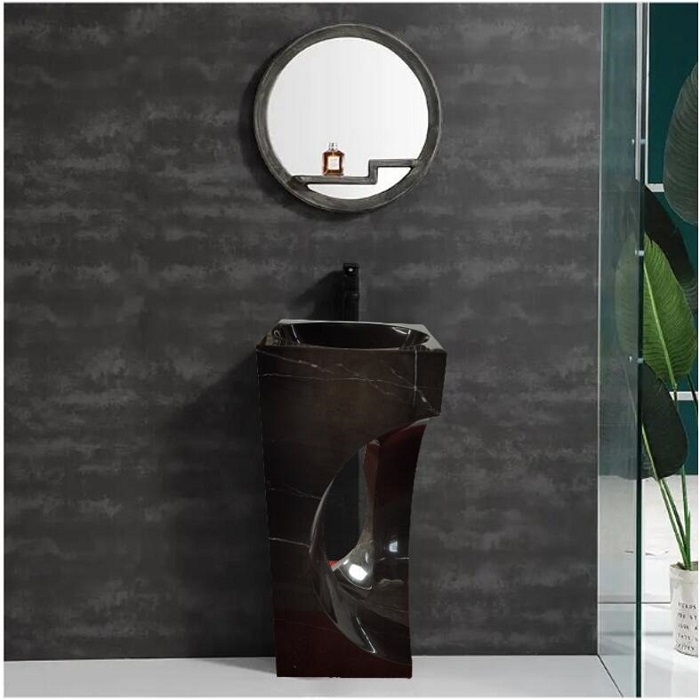Do you think how to best utilize the texture and color of natural stone in bathroom spaces?
In bathroom spaces, the optimal use of natural stone textures and colors requires attention to the following points:
Texture application:
Choosing stones with rich textures, such as granite, marble, etc., can become the visual focus.
Using textured stone as a large area for hand washing countertops, bathtubs, etc., highlights the charm of the material itself.
Usin g the texture of stone to create decorative patterns or inlays, creating interesting visual effects.
g the texture of stone to create decorative patterns or inlays, creating interesting visual effects.
Use stones with relatively simple textures as auxiliary materials to create a contrast with the main material.

Color matching:
Choose stone colors that are in harmony with the spatial style, such as gray or neutral colors for minimalist styles.
Utilize the natural color of stone as the main color tone, paired with natural color schemes such as white and wood.
Use contrasting colored stones, such as black and white marble, to create visual impact.
Choose the color according to the lighting conditions of the space, and light colored stone can be chosen for darker spaces.
Material matching:
Combining stone with other natural materials such as wood and metal to create rich texture contrasts.
Choose stones with moderate glossiness to avoid overly shiny or rough surfaces.
Cleverly combining stone with materials such as glass and ceramic tiles to enhance visual depth.

Lighting effect:
Using natural light to illuminate stone, highlighting its three-dimensional texture and color.
Reasonably use indirect lighting to create a warm and natural atmosphere.
Choose a soft lighting method to avoid strong light shining directly on the stone.
By applying these design techniques comprehensively, the texture and color characteristics of natural stone can be maximized in the bathroom space, creating a harmonious and natural visual effect.
